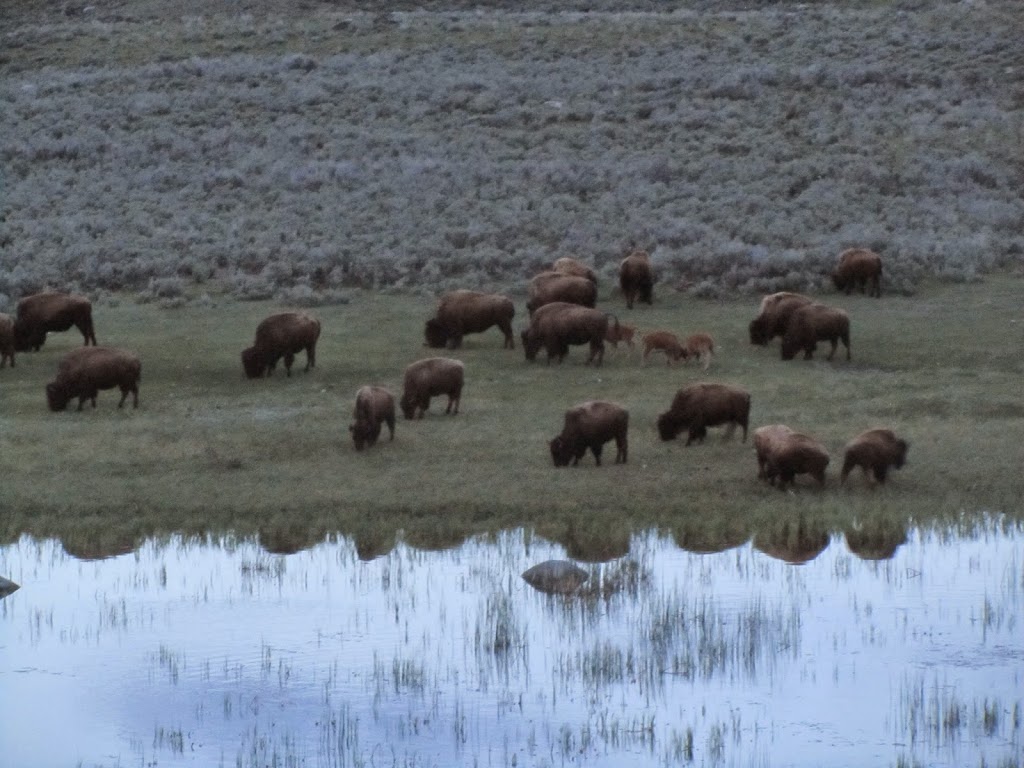What's your wild idea?
Livestock Management for Coexistence with Large Carnivores, Healthy Land and Productive Ranches

A white paper
By Matt Barnes
Field Director,
People and Carnivores (formerly Keystone Conservation)
 |
| Grazing in Nature’s image can increase the ability of ranching operations to coexist with large carnivores. |
Abstract
Livestock – large carnivore coexistence practitioners can be more effective by expanding from a direct focus on carnivores and predation-prevention tools to the broader social-ecological context of ranches and rural communities, especially livestock management. Ranchers can apply many of the same approaches that work for rangeland health and livestock production to reduce conflicts with large carnivores.
This paper synthesizes evidence from the rangeland, wildlife, and animal sciences into a cohesive argument: modeling livestock management after the grazing patterns and reproductive cycles of wild ungulates in the presence of their predators can improve rangeland health and livestock production—and increase the ability of ranching operations to coexist with native carnivores. The central anti-predator behavior of wild grazing animals is to form large, dense herds that then move around the landscape to seek fresh forage, avoid fouled areas, and escape predators. They also have their young in short, synchronized birthing seasons (predator satiation). Grazing management involving high stocking density and frequent movement, such as rotational grazing and herding with low-stress livestock handling, can improve rangeland health and livestock production, by managing the distribution of grazing across time, space, and plant species. Short calving seasons can increase livestock production and reduce labor inputs, especially when timed to coincide with peak availability of forage quality. Such livestock management approaches based on anti-predator behaviors of wild ungulates may directly and synergistically reduce predation risk—while simultaneously establishing a management context in which other predation-prevention practices and tools can be used more effectively.
Read the full paper on the People and Carnivores webpage.